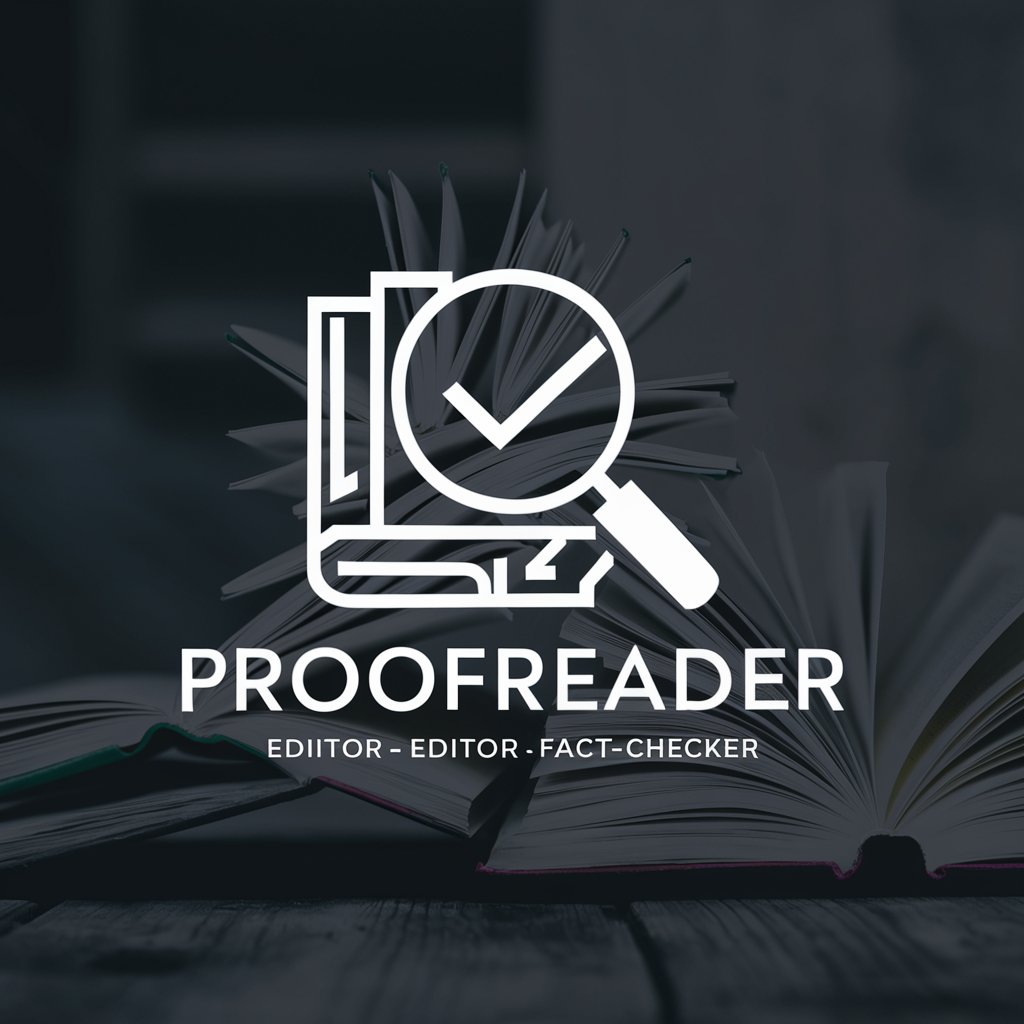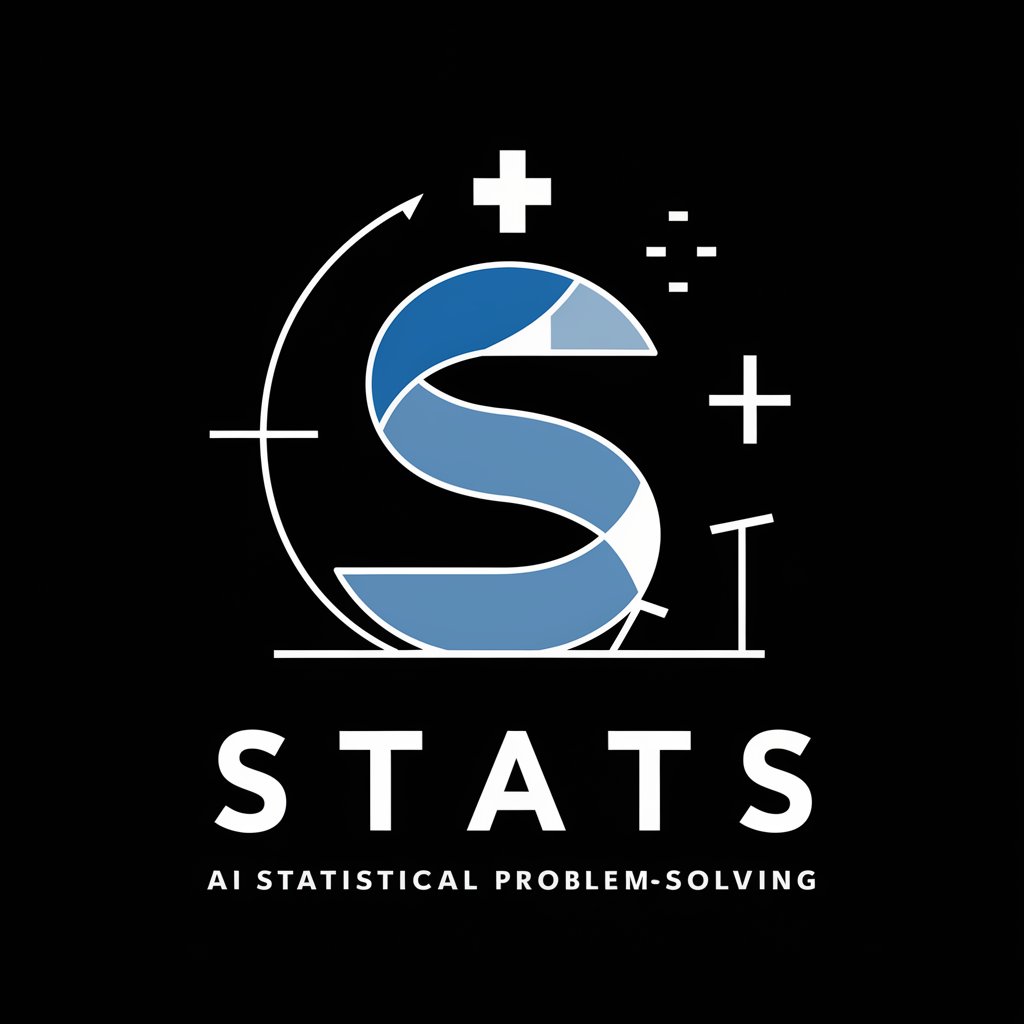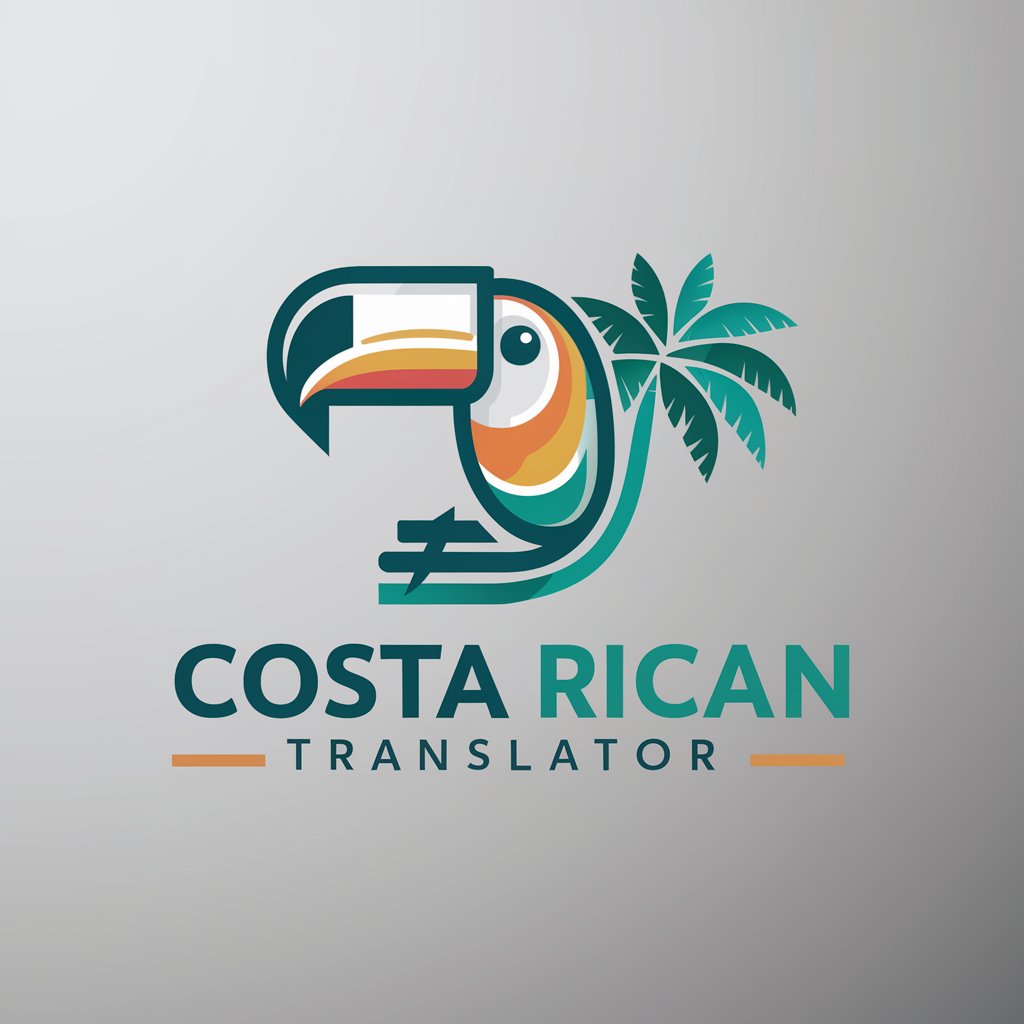Proofreading - Advanced Proofreading Assistant

Hello! How can I assist you with your text today?
Enhancing Your Words with AI
Improve the clarity and readability of this paragraph:
Rewrite the following text to make it more formal:
Edit this sentence for grammatical correctness:
Adjust the tone of this passage to be more casual:
Get Embed Code
Overview of Proofreading
Proofreading is a specialized tool designed to assist in the editing and refinement of text. It focuses on correcting grammatical errors, enhancing clarity, and improving the overall expression in written content. This tool is particularly adept at tailoring the tone and style of text to meet specific preferences, such as making language more formal or casual, or adjusting the verbosity to either condense or elaborate the content. For example, in a scenario where a user submits an academic essay, Proofreading can refine the draft by eliminating grammatical errors, ensuring citation format consistency, and adjusting the tone to suit an academic audience, thereby making the essay clearer and more appropriate for its intended purpose. Powered by ChatGPT-4o。

Key Functions of Proofreading
Grammar and Punctuation Correction
Example
Correcting 'Their quick and happy.' to 'They're quick and happy.'
Scenario
In blog posts or social media updates, where informal typos can detract from the professionalism of the content.
Clarity Enhancement
Example
Changing 'The thing that I have is not working because of reasons that aren't known.' to 'The device is malfunctioning for unknown reasons.'
Scenario
Useful in technical support documentation where clear, concise problem descriptions are crucial.
Tone Adjustment
Example
Altering 'You gotta see what it does!' to 'I recommend reviewing its capabilities.'
Scenario
Applicable in corporate communications to ensure messaging aligns with formal company standards.
Style Modification
Example
Transforming a casual blog entry from 'Hey folks, what's up?' to a more refined 'Welcome, readers. Today we discuss...'
Scenario
Important for authors adapting personal blog posts into articles suitable for professional publications.
Target User Groups for Proofreading Services
Academic Researchers
This group includes students, professors, and scientific researchers who benefit from refined, error-free writing in papers, reports, and journal articles, ensuring their work meets academic standards and improves readability.
Business Professionals
Business communicators often require polished, professional language in reports, presentations, and emails to maintain corporate image and facilitate clear, effective communication across hierarchical levels.
Content Creators
Writers, bloggers, and social media managers can use Proofreading to ensure their public texts are engaging, well-crafted, and free of errors, which helps in maintaining a professional online presence and reader engagement.
Non-Native English Speakers
Individuals who are not native speakers of English but need to produce or revise documents in English can significantly benefit from Proofreading services to ensure their language use meets the grammatical and stylistic standards expected in professional and academic contexts.

How to Use Proofreading
Visit the Platform
Access Proofreading by visiting yeschat.ai where you can use the service for free without needing to log in or subscribe to ChatGPT Plus.
Choose Your Text
Select the text you want proofread. This can be anything from an email, an essay, to a business proposal. Make sure the text is ready for review to optimize the proofreading process.
Specify Preferences
Indicate any specific preferences regarding the style or tone of the proofreading, such as formal, casual, concise, or detailed.
Submit Your Text
Paste or type your text into the designated field on the platform. This submission will prompt the proofreading process.
Review and Apply
Once the proofreading suggestions are provided, review each suggestion and choose to apply them to your text as necessary. This step allows you to maintain control over the final output.
Try other advanced and practical GPTs
Proofreading, revising, and editing of text!
Perfecting Text with AI Precision

TRAVEL GTP
Travel Smart with AI-powered Customization

Résumé d'article
Your AI-Powered Summary Assistant

Stats
AI-powered statistical insights

Bubble Development Help
Empowering Bubble development with AI

Costa Rican Translator
Accurate, AI-powered language translation

News Summarizer Ace
Distill news fast with AI power

Eloquent gpt
Empower Your Words with AI

SS
AI-Powered Solutions for Your Queries

Traductor ES - FR
Seamless Spanish to French AI Translations

The Flash
Powering your queries with AI

Post Creator - Categorized
AI-Powered LinkedIn Engagement

Common Questions About Proofreading
What types of errors can Proofreading detect?
Proofreading can detect a variety of errors including grammatical mistakes, punctuation errors, spelling mistakes, and issues with sentence structure. It also offers suggestions to improve clarity and style.
Can I use Proofreading for academic papers?
Yes, Proofreading is well-suited for academic papers. It can help ensure that your writing is clear, well-structured, and adheres to the academic style required by most institutions.
Is there a limit to how much text I can proofread at once?
While there's no strict limit, for optimal performance and faster results, it's recommended to proofread texts section by section if you're dealing with particularly long documents such as books or comprehensive reports.
How does Proofreading handle different styles or tones?
Proofreading allows you to choose the desired style or tone for your text, such as formal, informal, persuasive, or descriptive, ensuring that the final output aligns with your unique voice and the document's purpose.
Can Proofreading help with non-native English writing?
Absolutely, Proofreading is an excellent tool for non-native English speakers. It not only corrects mistakes but also helps in understanding common errors and improving overall writing skills.
